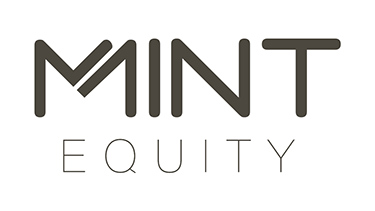Morgan Stanley’s latest research update highlighted that the non-bank mortgage market is growing at twice the rate as the major banks’ mortgage growth.
The report found that on a year-on-year basis, major banks’ home loans are tracking at only 5% growth, whereas non-majors or other banks at 8% and the non-banks at 10%.
“We recently lowered our loan growth forecasts to 2% in both FY19E and FY20E, reflecting tighter lending practices by APRA, the royal commission’s increasing focus on responsible lending and more onerous capital rules.
“In our view, these tighter lending standards are creating a competitive disadvantage for the banks.”
A tightening credit cycle
We are currently on the cusp of a ‘credit crunch’, but we’re not there yet. Regulatory measures, changing bank appetites and greater scrutiny of the mortgage industry from a series of inquiries, reports and most notably the royal commission are having a major impact on lending, particularly from the major banks.
Whilst APRA has removed its 10% cap on investor lending, the major banks have shifted to far more conservative home lending strategies.
Banks are becoming slower to review loan applications because they are scrutinising documents, transactions and living expenses in much more detail than ever before, due to being in the spotlight of the banking commission. Credit departments are petrified to make the wrong decision and are using ‘policy interpretation’ to avoid approving the loan if they aren’t trained properly to understand the full picture of the application.
“Interest rates offered by some of the non-bank lenders are lower than the major banks so from a cost perspective, it’s really worth considering a non-bank lender. ”
Confusion and disorganisation within the major banks
Mortgage brokers across the industry are seeing confusion within the banks and are receiving conflicting messages from bank BDMs and credit assessors on prime mortgage deals.
Westpac, ANZ, NAB and CBA have lost considerable third-party market share to the second-tier lenders and alternative lenders in recent months as mortgage brokers are forced to look being the big four for their customers.
Non-major banks a real option for borrowers
Whilst a lot of borrowers would prefer the brand and comfort of a major bank, borrowers should consider second-tier lenders as a viable option for a home loan approval.
Borrowers will need to prioritise their needs when considering different lenders. Non-major banks often have more flexible credit policies, greater borrowing capacities and niche products that are more suited to those who are self-employed or have a variable income. On the other side, they don’t have the branch network of the major banks and their online banking platforms aren’t as fancy.
Interest rates offered by some of the non-bank lenders are lower than the major banks so from a cost perspective, it’s really worth considering a non-bank lender.
Who are the non-major banks?
Whilst you might know of the majors, ANZ, CBA, NAB, Westpac and Macquarie (all feature quite heavily in the banking commission), you might not know of the non-majors or second-tier lenders.
Non-major banks are also known as second-tier lenders or alternative lenders. Here is a list of some of the lenders our clients have their home loans with;
- Homeloans Limited
- Suncorp Bank
- Bank of Queensland (BOQ)
- BankWest
- BMM
- ING
- MyState Bank
- Pepper Money
- Teachers Mutual Bank
- ME Bank
In a tightening credit cycle when policy changes happen on a weekly basis, working with an experienced mortgage broker like Mint Equity will give you the best chance of approval and make your life a lot easier!


